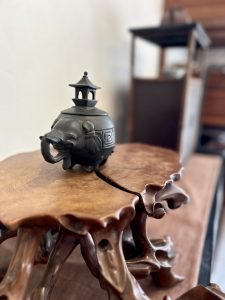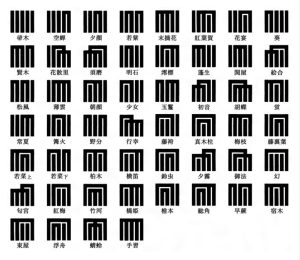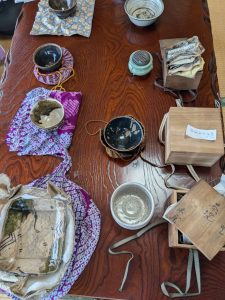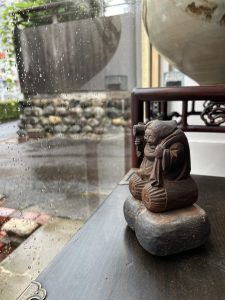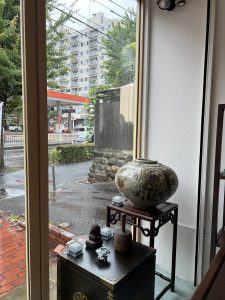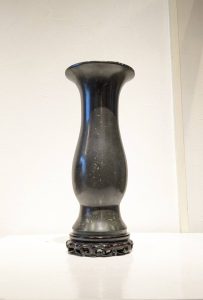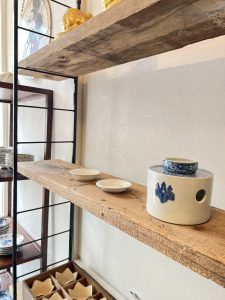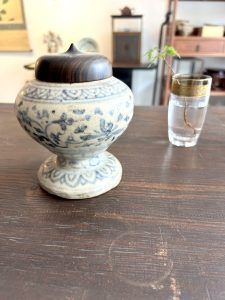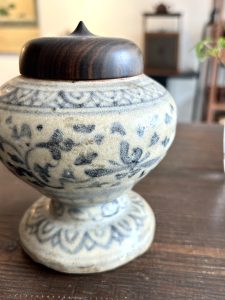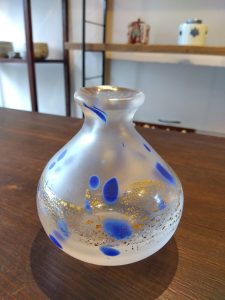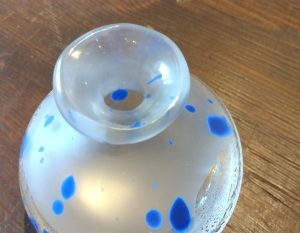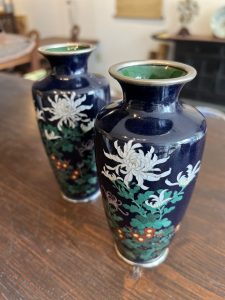続けられるでしょうか・・・(愛知県名古屋市千種区姫池通 骨董買取 古美術風光舎)
2024.06.30
皆さまこんにちは。スタッフTでございます。
本日の名古屋はしっかり梅雨空です。先日のスタッフYのブログにもありましたが、雨の音の心地よさ。確かにそうだなと、今日はすっかり寝過ごしました(笑)しばらく雨が続きそうですので、雨音を楽しみたいと思います。
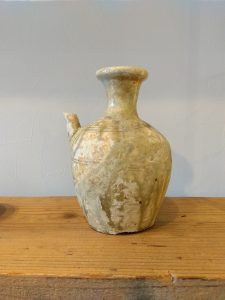
楽しみと言えば、最近始めた“庭に埋めるだけコンポスト”。
コンポストとは、英語のcompostからきており、堆肥・堆肥にするという意味です。家庭からでる生ごみや落ち葉などの有機物を微生物の働きを活用して発酵・分解させ堆肥を作るという昔から伝承されてきた日本の大切な知恵のひとつです。
きっかけは子どもの家庭科の授業で、ごみ処理場へ見学に行く課外授業があったのですが、その時に教科書を読んでみたことです。
今の子供たちの教科書ってなかなか面白い。でも読めば読むほど、このままだとゴミを捨てる場所がなくなって、地球がゴミに埋もれてしまうんじゃないか?と思ってしまいました。
あまり深く考えたことはなかったゴミ問題でしたが、何か“簡単に”できることはないかなと考えるきっかけになりました。
とはいえ、単に毎日出る生ごみをいちいち袋に入れて捨てるのが「面倒くさい」ってことが始まりだったような気もします…。夏になると臭いやコバエ問題も出てきますし…。
そんな中、SNSで“庭に埋めるだけコンポスト”なるものがあることを知りました。
始め方はとっても簡単。文字通り、庭に穴を掘って、野菜くずなどを入れ、土とかき混ぜ、その上に土を被せて終了。あっという間です。
ズボラの私にぴったりではありませんか。
「とりあえず埋めてみたら分かる」とのことでしたので、とりあえずやってみて、失敗したらやめればいいかという気軽な感じで始めてみました。野菜くずたちは、いずれ土の中の生き物たちによって分解され、土に還るということなので、どれくらいで無くなるのか今から楽しみです。
ただ、臭いや虫が発生したり野生動物が寄ってくることもあるそうですですので、念のため魚や肉の骨など臭いが強く分解が遅そうなものは埋めずに様子を見ています。もし始めようという方がいましたら、その点ご留意ください。
ゴミを減らさなければ!と気負って生活はしませんが、野菜は皮ごと食べたり、ピーマンなどは種ごと食べたり、キャベツは芯まで食べるなど、それを意識するだけでぐんと生ゴミの量が減る気がします。
続くかどうかは分かりませんが、“庭に埋めるだけコンポスト”負担にならない程度に続けてみたいと思います。
ではでは、また。
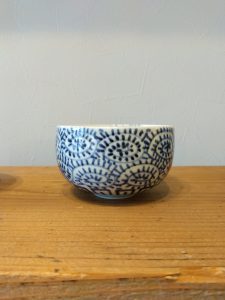
Hello everyone. This is Staff T.
It’s a rainy season here in Nagoya today. As mentioned in Staff Y’s blog the other day, the sound of rain is pleasant. It seems like it will continue to rain for a while, so I would like to enjoy the sound of rain.
Speaking of enjoyment, I recently started “composting in the garden.
The word “compost” comes from the English word “compost,” meaning to compost. Composting is an important Japanese wisdom that has been handed down from generation to generation, in which household garbage, fallen leaves, and other organic materials are fermented and decomposed by microorganisms to make compost.
It all started when my children’s home economics class had an extracurricular field trip to a waste treatment plant, and I read the textbook.
Textbooks for today’s children are quite interesting. But the more I read it, the more I wondered if, at this rate, there would be no more places to dispose of garbage, and the earth would be buried under garbage. I thought.
I had never thought much about the garbage problem, but it made me think about what I can do “easily” to solve it.
However, I think it all started with the fact that it is a hassle to put all the daily garbage into bags and throw them away…. In the summer, we have to deal with the smell and fly problems.
Then I learned on social networking sites that there is a composting method called “just bury the compost in the garden.
It is very easy to start. Literally, dig a hole in the garden, put in vegetable scraps, mix with soil, cover with soil, and that’s it. It’s just a matter of a few minutes.
It’s perfect for me, a lazy person.
I was told, “Just try it and you’ll see,” so I decided to give it a try and if it didn’t work out, I could just quit. The vegetable scraps will eventually be decomposed by living things in the soil and returned to the soil, so I am looking forward to seeing how long it will take for them to disappear.
However, I have heard that there are some smells, insects, and wild animals that may come close to the scraps, so just to be safe, we are not burying fish or meat bones that have a strong smell and seem to be slow to decompose. If anyone is interested in starting this project, please keep this in mind.
We don’t live in the ministry of reducing garbage, but we feel that just by being aware of it, such as eating vegetables with their peels, eating peppers with their seeds, and eating cabbage down to the core, we can greatly reduce the amount of garbage we produce.
I don’t know if I will be able to continue with it, but I would like to continue “just burying compost in the garden” to the extent that it does not become a burden for me.
See you soon.
*******************
ご実家の整理やお片付けなどをされている方のご相談などが多くございます。
お片付けなどくれぐれもご無理のないようになさってくださいませ。
風光舎では古美術品や骨董品の他にも絵画や宝石、趣味のお品など様々なジャンルのものを買受しております。
お片付けをされていて、こういうものでもいいのかしらと迷われているものでも、どうぞお気軽にご相談下さいませ。
また風光舎は、出張買取も強化しております。ご近所はもちろん、愛知県内、岐阜県、三重県その他の県へも出張いたします。
まずは、お電話お待ちしております。
愛知県名古屋市千種区姫池通
骨董 買取【古美術 風光舎 名古屋店】
TEL052(734)8444
10:00-18:00 OPEN

